- No products in the cart.
Sanken CS-3e Shotgun Mic
1,450.00 USD
The CS-3e achieves phenomenal supercardioid directivity in the lowest frequencies and throughout the full range in a microphone 27cm (10 inches) in length.
In Stock
Description
Sanken CS-3e Overview
In the Sanken CS-3e, three directional capsules are arranged in a front-back array to combine line microphone performance and second-order pressure gradient response in a single system. With this unique design, the CS-3e achieves phenomenal supercardioid directivity in the lowest frequencies and throughout the full range in a microphone 27cm (10 inches) in length. It is significant that the CS-3e picks up the targeted frontal sound sources with exceptional clarity over a wide frequency range – even in noisy ambient environments or in long reverberation spaces – by rejecting undesired noise and sounds coming from the rear and sides.
Background:
Conventional shotgun microphones use a line capsule array and a pipe with slits in front of the capsule to create high directivity by utilizing phase interference inside the casing. With this conventional design, high-directivity in the middle-low frequency range is not achieved, although high-directivity in the high frequency range is maintained. Conventional shotgun microphones are at a disadvantage because they invariably pick up unwanted sounds coming from the back and sides. In order to solve this problem, conventional shotgun microphones designed for high directivity in the middle-low frequencies require a length of more than one meter (39 inches) in length. However, long shotgun microphones seriously affect mobility and are not ideal for field recording.
Non-Proximity Effect:
When a conventional shotgun microphone is near the sound source, proximity effect results in a boosting of certain low frequencies and slight masking of others. This effect becomes more pronounced when the directionality becomes greater. By contrast, the CS-3e virtually eliminates the proximity effect and maintains sharp directivity, while the sonic characteristics do not change with varied distances between sources and microphone. This is a significant advantage over all other directional microphones.
Be the first to review “Sanken CS-3e Shotgun Mic” Cancel reply
You must be logged in to post a comment.
| Directivity | Super Cardioid / lobar |
| Transducer | DC biased condenser |
| Frequency range | 50Hz - 20kHz |
| Sensitivity (nominal at 1kHz) | 50mV/Pa (-26dB,0dB=1V/Pa) |
| Equivalent noise level (A-weighted) | 15dB-A |
| Max SPL (1% THD) | 120dB SPL |
| Output impedance at 1KHz | 120 ohms |
| Powering | +48ᄆ4V phantom |
| Current consumption | less than 2.5mA |
| Weight | 120g |
| Dimensions | 270mm X 19mm (diameter) |
| Surface finish | matte black |
| Connector | XLR-3M |
Frequency Response:
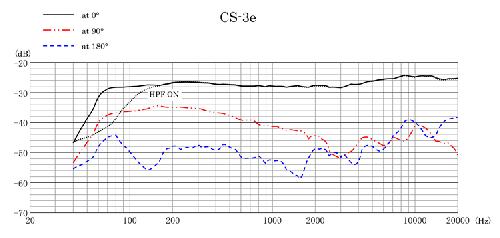
Polar Pattern:

You may also like…
-
Sanken ROCS CS-1e Shock Mount Adapter
20.00 USDRubber O-Rings that expand the CS-1eʼs diameter to fit the larger shock mounts of cameras.
-
Sanken KS-3 Shockmount for CS-3e Microphones
135.00 USDMicrophone shock-mount designed for use with the Sanken CS-3e Shotgun Microphone.
Product Categories
- Bargain Bin
- Books
- Boom Poles
- Bundles
- Cables & Adapters
- Camera Interfaces
- Cases, Bags & Harnesses
- Clearance
- Communications
- Connectors
- Expendables
- Featured
- Headphones
- Holiday Clearance
- In-Ear-Monitors
- Interfaces
- Microphones & Accessories
- Mixers
- Motorola
- NAGRA
- New Product
- Podcast
- Power Solutions
- PPE
- Press Boxes
- Pro Audio Converters
- Pro Video
- Recorders
- Slates & Timecode
- Sound Carts
- Trew Merchandise
- Uncategorized
- Used
- Walkie-Talkies
- Wireless


 US
US  Canada
Canada 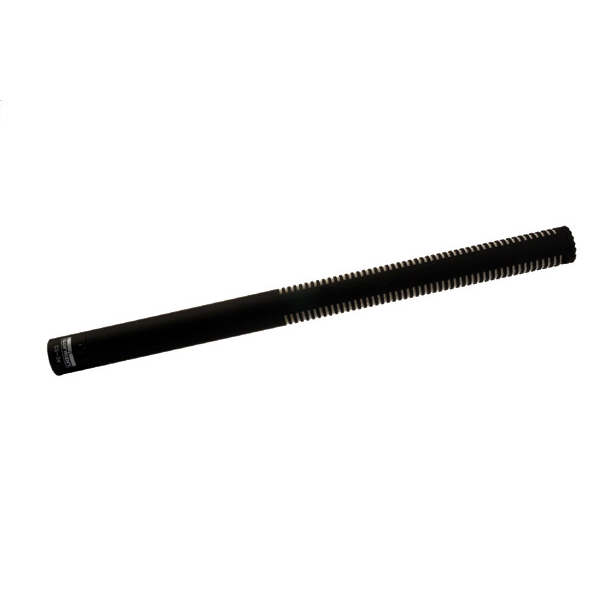
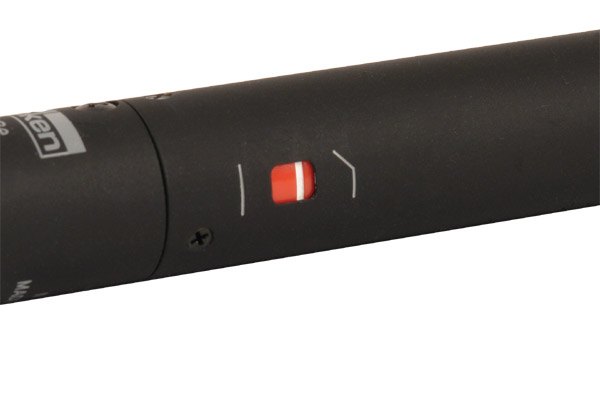
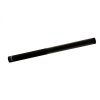

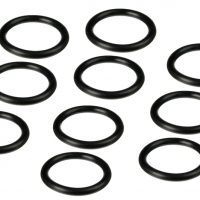
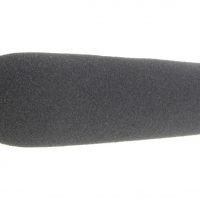
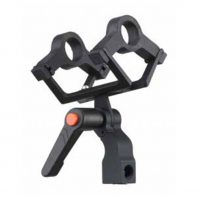

Reviews
There are no reviews yet.